The commemoration of Ghana’s Independence activities has conventionally been heralded by the events of Saturday, 28thFebruary shooting incident at the Christiansburg Castle crossroads when ex-servicemen who had fought for the British Government in World War II were shot at in Osu-Accra. Interestingly, that incident is marked without the attendant events that all snowballed into an accelerated demand for independence.
We have variously read accounts that the crossroads incident coincided with a boycott instigated by the Osu Alata Mantse, Nii Kwabena Bone II who in January 1948 had called on all Gold Coasters towards foreign-owned shops and goods. This boycott led to some riotous disturbances which incensed the Colonial authorities leading to an eventual clampdown and arrest of leaders of the independence movements. Rather than foil the disturbances, this sparked spontaneous demonstrations across the country.
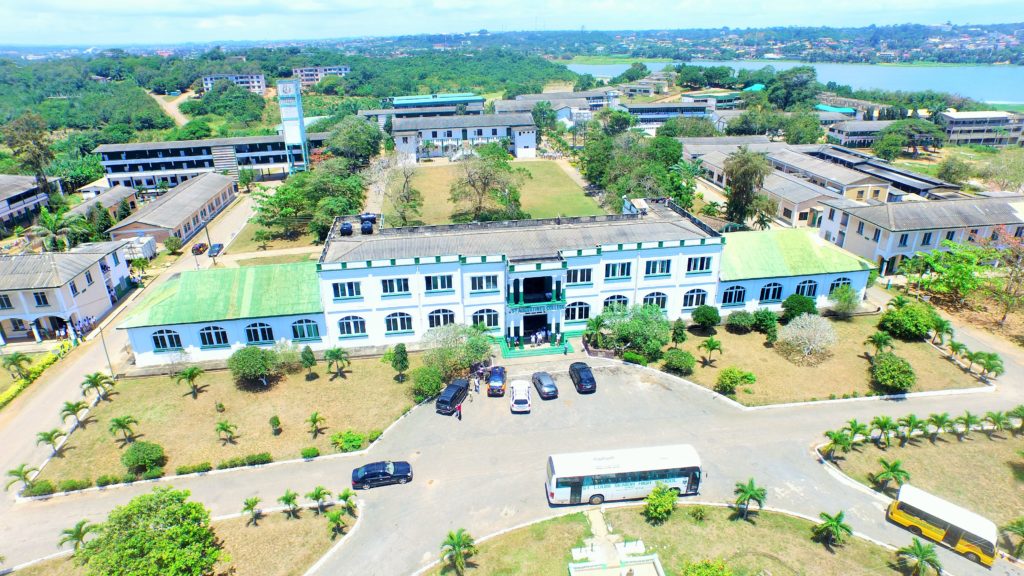
Cape Coast at this time was the base of secondary education as it hosted three of the first four Secondary Schools in Ghana at the time (Mfantsipim School, Adisadel College and St. Augustine’s College) with the other being Achimota School in Accra. The students could not sit aloof to watch the unfolding events in Accra and other business centres across the Colony. They were incensed about the actions of a colonial police officer who had ordered fire on unarmed ex-service men and thereby killing one and injuring several hundreds of others. They could not hide their anger when a workers’ strike was crushed and civil disobedience was banned.
My dear friend, to draw the attention of the Gold Coast colonial authorities to the serious frustration about the people of Gold Coast, students from St. Augustine’s College, Mfantsipim School and Adisadel College planned to organize peaceful demonstrations within their various campuses. Unfortunately when agreed date of Monday, 15thMarch 1948 approached, students from Mfantsipim and Adisadel pulled back leaving their counterparts from St. Augustine’s College joined by three of their teachers boycotted classes and marched through the campus of Augusco to protest colonial rule. They chanted: ‘Give us freedom or death’and carried banners, demanding ‘Self-Government now’.These actions traumatized College officials (most of whom were Irish and British) and shook the Colonial government. How a very young and mission school known for strict discipline could have its students in an unexpected rampage through town in some kind of political uprising, defied reason.
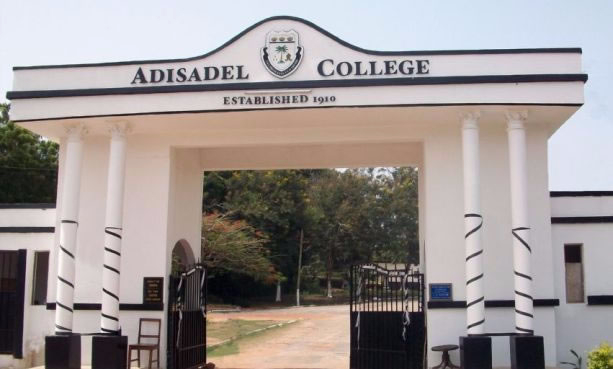
As the news spread across the country, Mfantsipim School and Adisadel College also joined with protests and demonstrations through the Cape Coast town. The fight at this stage was joined and crowds were formed across various towns and the protestors now increased from the initial hundreds to thousands. The youth had alas proved that they fulcrum around which the struggle was to succeed.
After a week of mounting tensions, the three boys’ schools were shut down on Friday, 26thMarch 1948 and students were to be home for some four weeks. A Commission of Enquiry chaired by Justice S.O. Quarshie-Idun was constituted on Wednesday, 16thJune 1948 to investigate the causes of the students’ protest in Cape Coast, identify the students who were most visible protest as well as any teachers who had shown any sympathy towards the cause of the students and to recommend the dismissal of guilty students and in the case of the teachers, any punitive action. The Commission’s findings were to be final without the option of any appeals. It is on record that several of the students and their teachers were tried in absentia and the verdicts arrived at without the Chairman of the Commission even seeing them. The conclusion of the Commission’s investigations was that about 150 students were to be dismissed from the three schools with majority of them from St. Augustine’s College. The Commission also recommended the dismissals of three teachers from St. Augustine’s College (Jacob Kwesi Plange (APSU ‘42), Joseph J. Mensah-Kane (APSU ‘42) and H.P. Nelson (APSU ‘44) as well as one teacher from Mfantsipim School (H.W.K. Sackeyfio).
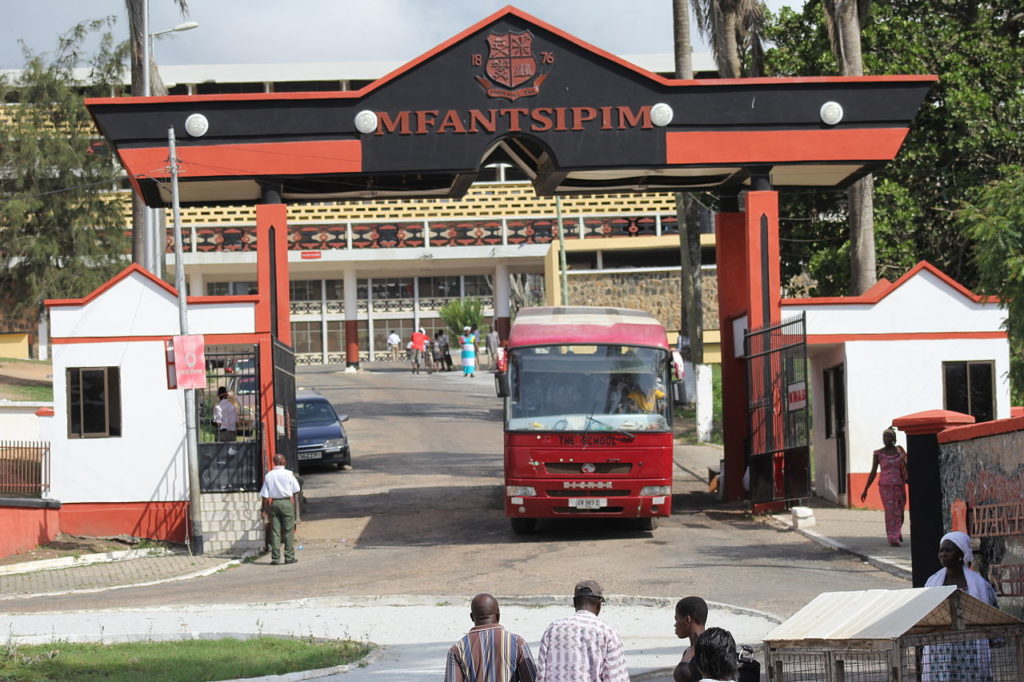
Eleven of the dismissed students were who had already been entered to sit for the Cambridge School Certificate Examinations in December 1948 and needed to be prepared or the exam. Seven were from St. Augustine’s with the four from Adisadel and Mfantsipim). Almost immediately, the teachers came together and began free private tuition in turns in their individual homes for these students.
Meanwhile, the attention of Dr. Kwame Nkrumah and his colleagues who had been released, was drawn to the plight of the dismissed students and teachers. He took interest in them and decided to open a new school to house them. Mr. Nelson Hinterman joined those efforts to find adequate facilities to accommodate the students to enable them to restart academic work. The result is the Ghana National College which was specially established for that purpose and special attention was given to the seven students from St. Augustine’s College who had been expelled but who had already been registered for the Cambridge School Certificate Examination at the end of that year. This is the point where the history of St. Augustine’s College and that of Ghana National College coincide.
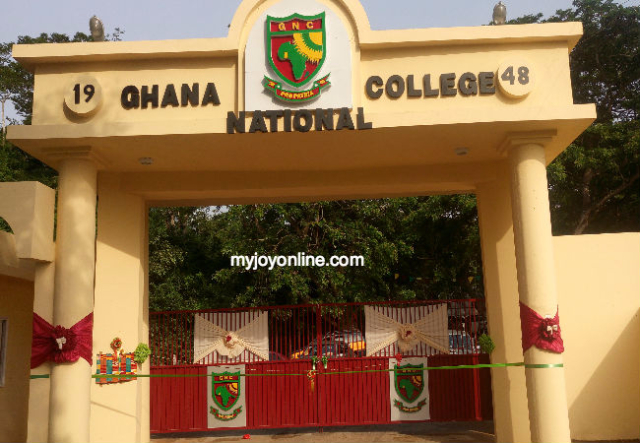
Indeed the students who dared the Colonial government were adolescents during the World War II, and thus had witnessed all the civil strife. They felt humiliated when the British had refused to leave upon the centennial of the Bond of 1844, scandalized when political leaders were detained without trial in order to suppress political resistance among several other things.
Alas my dear friend, the young students from the three boys’ Secondary Schools in Cape Coast had played roles that were soon to trigger the gears several notches higher towards the eventual self-governance of the people of Gold Coast.As we move towards another anniversary of Ghana’s Independence, let all APSUnians, Santaclausians and Kwabotwe brothers be proud of the role their institutions played in the birthing of this nation and ensuring that the voice of the Ghanaian was kept sacrosanct.
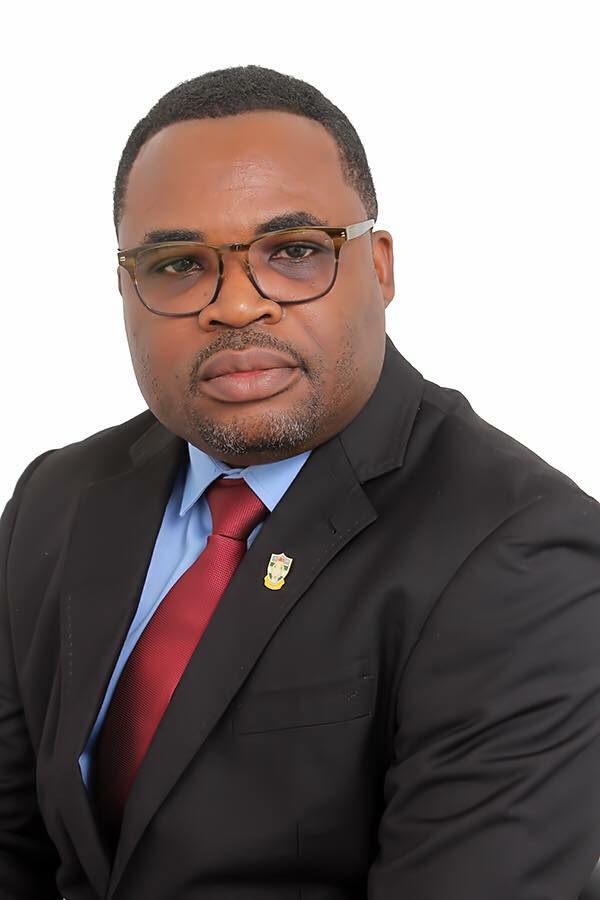
My dear friend,

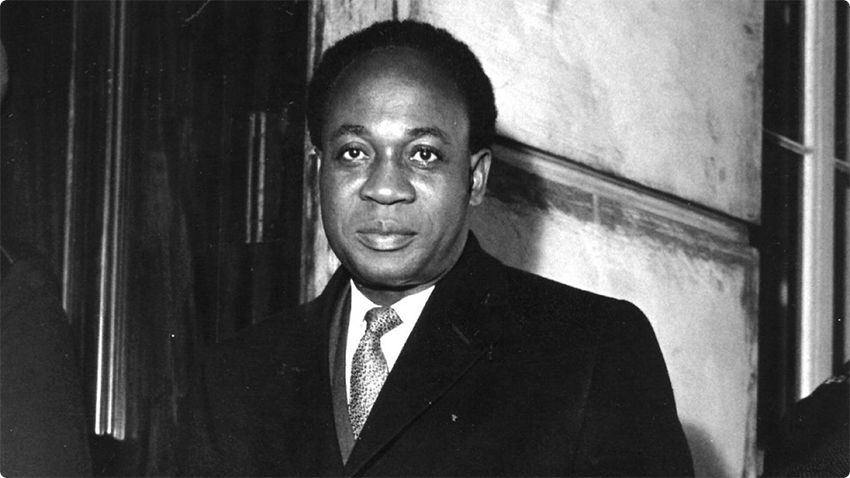
Trackbacks/Pingbacks